In recent decades, the demand for cost-effective and environmentally sound methods of treating wastewater has grown significantly. Among the various technologies available, biofilter media have emerged as a versatile, efficient, and sustainable option. The term "biofilter media" refers to specialized substrates designed to support microbial communities that break down contaminants as water passes through. When appropriately selected and operated, these media can deliver high levels of nutrient removal, odor control, and overall effluent quality improvement.
One company that stands out in this sector is Feierda, a professional enterprise dedicated to the research, production, and marketing of eco-friendly filter media. With a solid grounding in environmental protection and filtration innovation, Feierda contributes to improving the performance and reliability of biofilter systems worldwide.
Below is a comprehensive exploration of biofilter media’s applications and advantages, enriched with insights into Feierda’s role in advancing this green technology.
Understanding the Role of Microbial Communities in Biofiltration
At the heart of biofilter media is its ability to nurture colonies of beneficial microorganisms. These microbes degrade organic pollutants, pathogens, and nutrients such as nitrogen and phosphorus. Biofilter media are engineered to possess high surface area, appropriate porosity, and structural resilience, enabling optimal microbial adhesion and nutrient exchange.
By tailoring the physical and chemical properties of the media, companies like Feierda ensure that the substrate offers long service life, low hydraulic resistance, and consistent operation. Feierda’s proprietary media formulations emphasize durability and microbial compatibility, reducing blockages and minimizing routine maintenance needs.
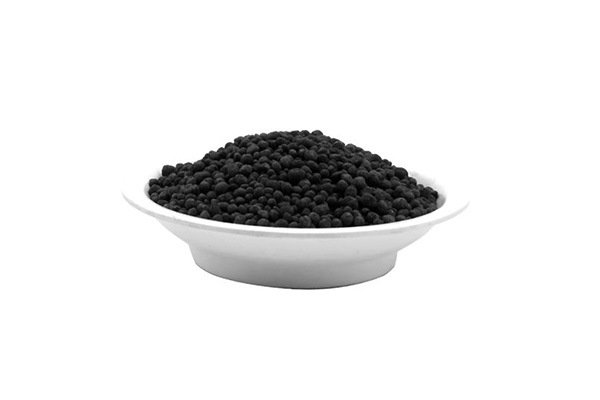
Effective Removal of Organic Solids and Suspended Matter
One of the primary uses of biofilter media is in the removal of organic suspended solids. When wastewater flows through a packed bed of media, particulates are trapped, allowing for sedimentation and microbial consumption. In municipal and industrial settings—such as food processing or paper mills—biofilters pretreat influent streams, lessening the burden on downstream clarifiers or membrane systems.
Feierda’s eco-friendly media boast an optimal pore structure that promotes depth filtration. This means particles are captured not just on the surface but throughout the media mass, resulting in extended filter life and improved solids retention. The reduced head loss also conserves energy, making the process more economical and eco-aware.
Harnessing Biofiltration for Nitrogen Control
Elevated nitrogen levels pose serious threats to aquatic ecosystems, causing oxygen depletion and algae overgrowth. Biofilter media are instrumental in supporting nitrification and denitrification—biological processes that convert ammonia into nitrate and then to harmless nitrogen gas.
Feierda’s media variants include those imbued with mineral components favorable for nitrifying bacteria and carbon-rich substrates that enhance denitrifiers. When these are arranged in aerobic or anoxic zones within a biofilter, they facilitate the efficient breakdown of nitrogenous compounds. This multi-zone design with Feierda products enables wastewater treatment plants to achieve stringent nitrogen effluent standards with minimal chemical dosing.
Odor Suppression through Biodegradation of Malodorous Substances
Odor complaints are a frequent challenge in wastewater treatment, particularly in industrial or concentrated collection systems. Compounds like hydrogen sulfide and volatile fatty acids are notorious for their unpleasant smells. Biofilter media play a crucial role in mitigating these odors.
Microorganisms living on the media degrade sulfurous gases and organic acids, converting them into benign compounds. Feierda’s specially designed media incorporate both physical adsorption and microbial targeting. The result is a dual-action filter that captures odorous molecules while providing a nurturing habitat for microbes that neutralize them. Many facilities using Feierda media report a marked improvement in ambient air quality and reduced reliance on chemical odor counteractants.
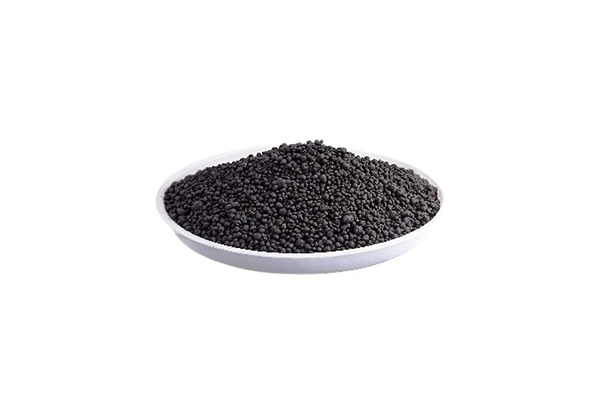
Phosphorus Reduction through Bio-Media and Adsorption
Phosphorus is another key nutrient that can drive eutrophication. While biofiltration alone may not fully eliminate phosphorus, integrating filter media with adsorptive properties helps significantly. Certain materials—like iron, aluminum, or modified zeolite—have affinity for phosphate ions.
Feierda offers filter media enhanced with such minerals or coatings tailored to bind phosphorus tightly. Used as a polishing stage after biological treatment, these media can lower phosphate concentrations effectively. Their engineered longevity also means that media exchanges occur infrequently, contributing to operational stability and sustainability.
Applications in Decentralized and Small-Scale Treatment
Biofilter media are highly adaptable and can be deployed in packaged treatment units for remote communities, resorts, hotels, or industrial sites without extensive infrastructure. These compact systems rely on media that are lightweight, low maintenance, and reliable.
Feierda’s lightweight, molded filter products are particularly suitable for modular systems. Their consistent quality ensures predictable performance even in regions with limited technical support. For small operators, this means easier operation, fewer breakages, and sustained compliance with environmental requirements.
Advantages in Industrial Wastewater Treatment
Industries such as aquaculture, dairy processing, and breweries generate high-strength organic effluent. Biofilter media offer a biological solution that avoids the high costs of chemical treatment. Microbial action degrades BOD (biochemical oxygen demand), colloids, fats, and oils.
Feierda’s media resist clogging by fatty compounds, thanks to hydrophobic-hydrophilic balance in their design. The media’s porosity also ensures that oils are broken down rather than forming surface films. Many industrial clients of Feierda report stable effluent quality and reduced chemical additives thanks to these reliable and robust media.

Enhanced Performance in Recirculating Systems
Recirculating aquaculture systems (RAS) or closed-loop cooling water systems benefit from biofilter media that maintain balanced water quality. In RAS, nitrifying bacteria convert fish waste into less toxic compounds.
Feierda supplies media with ideal specific surface areas and mechanical strength to endure constant water flow and cleaning operations. Their structured packing allows easy backwash and avoids erosion. Fish farmers using Feierda products often see improved ammonia control, healthier livestock, and lower maintenance budgets.
Sustainable Life-Cycle Assessment of Filter Media
A complete evaluation of biofilter media must include both performance and environmental footprint. Production using natural or recycled materials, energy-efficient fabrication, and long service intervals boost sustainability.
Feierda emphasizes using eco-friendly raw inputs and energy-saving manufacturing processes. Their long-lasting filter media mean less waste generation and fewer replacements. At the end of media life, biodegradable or recyclable components can be repurposed or composted, reducing landfill contributions.
Operational Flexibility and Scalability
Because biofilter media systems can be modular, they easily adapt to changing loads or expansion needs. Adding media, shifting flow rates, or changing aeration zones can be done with minimal system downtime.
Feierda supports designers by providing media in various shapes—such as pellets, saddles, or honeycombs—enabling flexible system layouts. This makes biofilter installations useful in expanding municipal plants, pilot projects, or phased industrial upgrades.
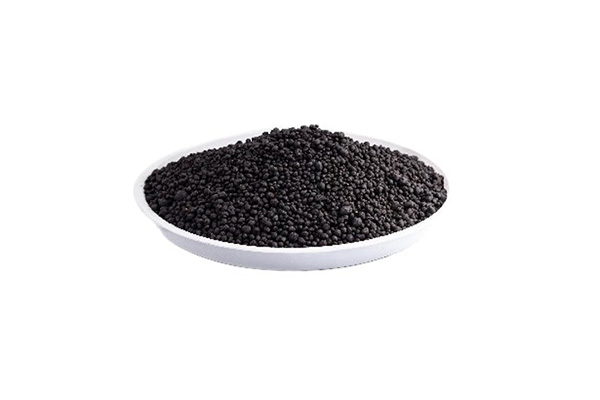
Maintenance Benefits and Cost Advantages
Maintaining biofilter media typically involves periodic backwashing or slow-moving airflow adjustment. In many cases, the microbial load self-regulates, reducing labor requirements.
Feierda’s media exhibit excellent hydraulic flow consistency and resistance to fines-related clogging. This lowers frequency of cleaning and extends intervals between interventions. Over the operational life span, these features translate into reduced costs for equipment, energy, labor, and replacement media.
Integration with Treatment Train Strategies
Biofilter media most effectively operate when part of a multi-stage treatment train. A typical sequence might involve preliminary screening, followed by primary settling, then biofiltration, and finally polishing.
Feierda’s media are modular and can slot seamlessly into this sequence. Preliminary media focus on removing large solids, while later stages—perhaps using Feierda’s phosphorus-adsorbing media—handle nutrient and odor control. The versatility enhances resilience: if one stage requires service, others continue operating with minimal disruption.
Adaptation to Climate and Seasonal Variations
Biofilter media systems offer operational robustness over seasonal shifts in temperature or influent characteristics. Maintaining microbial activity can require media with minimal thermal sensitivity or protective coatings.
Feierda’s engineered substrates maintain porosity and mechanical strength across temperature ranges. This helps sustain microbial colonization through cooler seasons, with less risk of clogging or biofilm disruption. Operators benefit from steady performance year-round, rather than peaks and troughs.
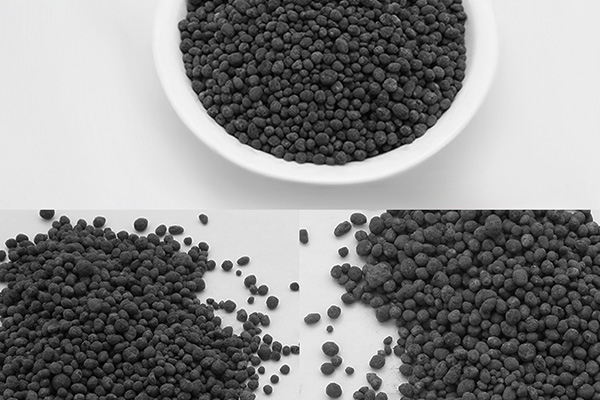
Supporting Research and Development
Innovation in media design—whether via novel shapes, composite materials, or microbial seeding—is central to biofilter performance gains. Feierda continually invests in research, testing new substrates that improve nutrient uptake, reduce energy demand, and enhance lifespan.
Laboratory trials often simulate challenging industrial or municipal effluents. Promising media prototypes then advance to pilot-scale tests before adoption in full-scale systems. This iterative approach fosters reliability and performance gains in real applications.
Training and Knowledge Transfer
Beyond supplying physical products, successful implementation requires operational know-how. Feierda supports clients via training, providing manuals, technical guidance, and troubleshooting support.
Workshops often cover start-up procedures, microbial monitoring, backwashing protocols, and effluent testing. This ensures that biofilter media systems are commissioned correctly and remain optimally maintained. Knowledge transfer empowers operators to manage systems confidently and sustainably.
Community and Environmental Impact
At stake in wastewater treatment are both public health and ecosystem vitality. Effective biofilter media help reduce pathogenic loads, protect water bodies, and preserve biodiversity.
Feierda is committed not only to product excellence but also to social responsibility. By promoting eco-safe materials and efficient filtration, Feierda contributes to cleaner waterways, healthier communities, and reduced environmental burdens.
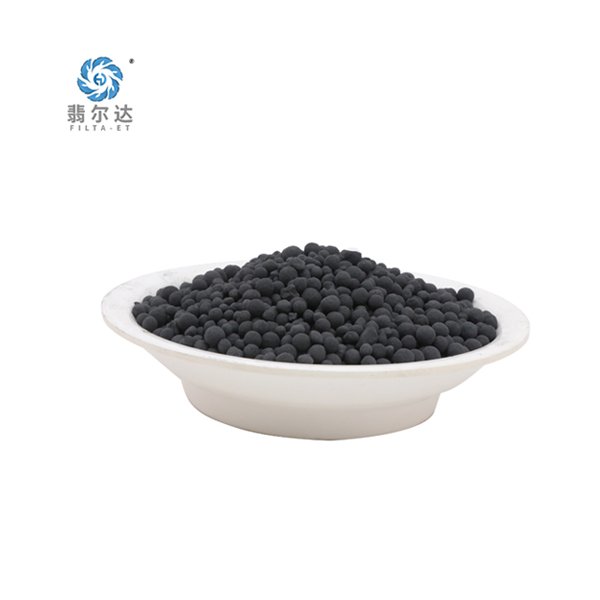
Conclusion
Biofilter media stand out as a powerful and adaptable tool in the quest for efficient, green wastewater treatment. Their ability to combine physical filtration with biological degradation, their compatibility with compact and decentralized systems, and their sustainability credentials make them attractive to a wide variety of applications.
Feierda, as a specialized developer, manufacturer, and supplier, plays a pivotal role in advancing this technology. Their focus on eco-friendly materials, operational reliability, and technical support helps clients meet stringent treatment goals while minimizing costs and environmental impact.
By deploying carefully selected biofilter media, treatment operators can achieve excellent outcomes: removing organic pollutants, nitrogen, phosphorus, and odors with resilience and flexibility. When combined with strong training and system design strategies, this technology helps safeguard water resources and public health. Ultimately, biofilter media offer a proven, green, and efficient path for improving wastewater treatment in diverse contexts.
Industrial Uses of Chemical Filter Media: From Water Treatment to Manufacturing
www.filta-et.net
Feierda Environmental Technology (Zhenjiang) Co., Ltd.
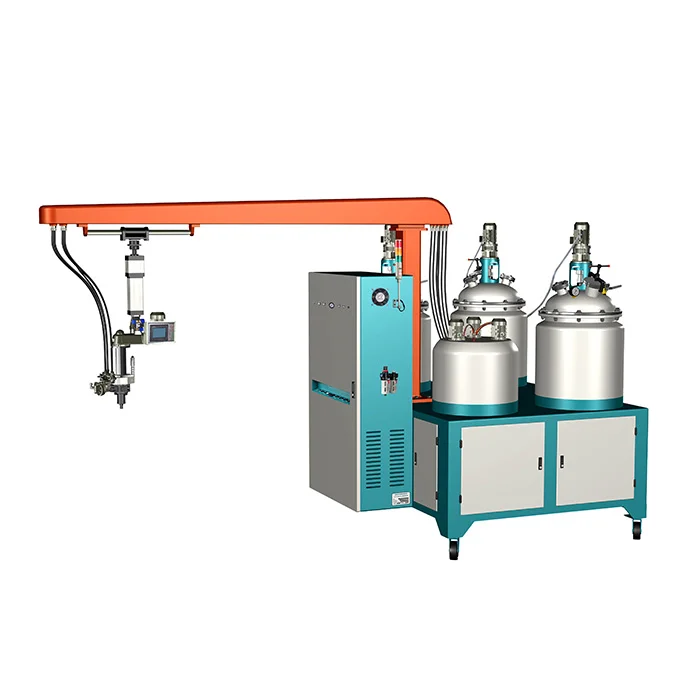
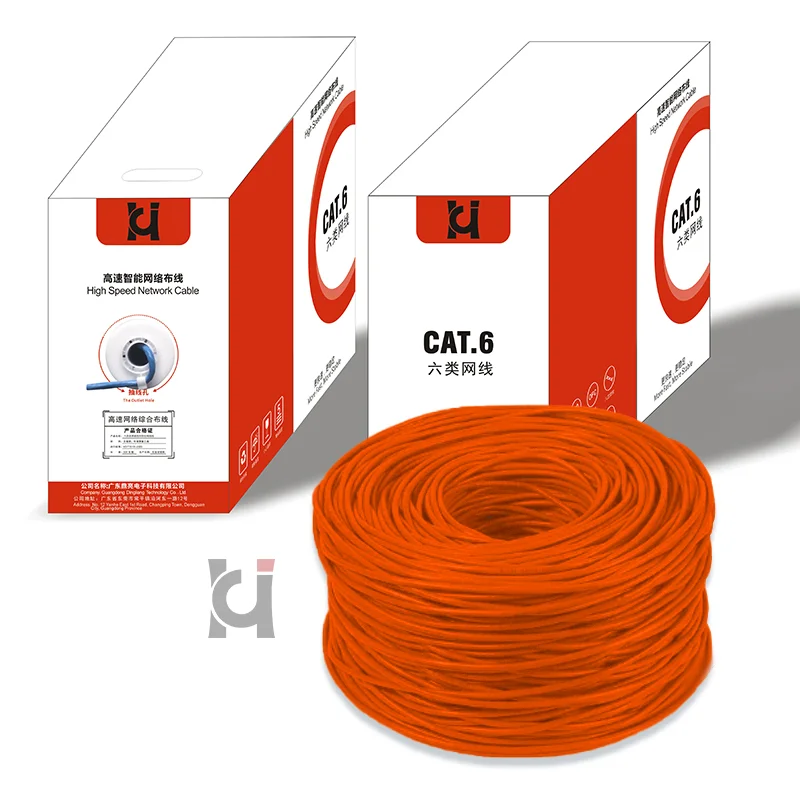
Average Rating